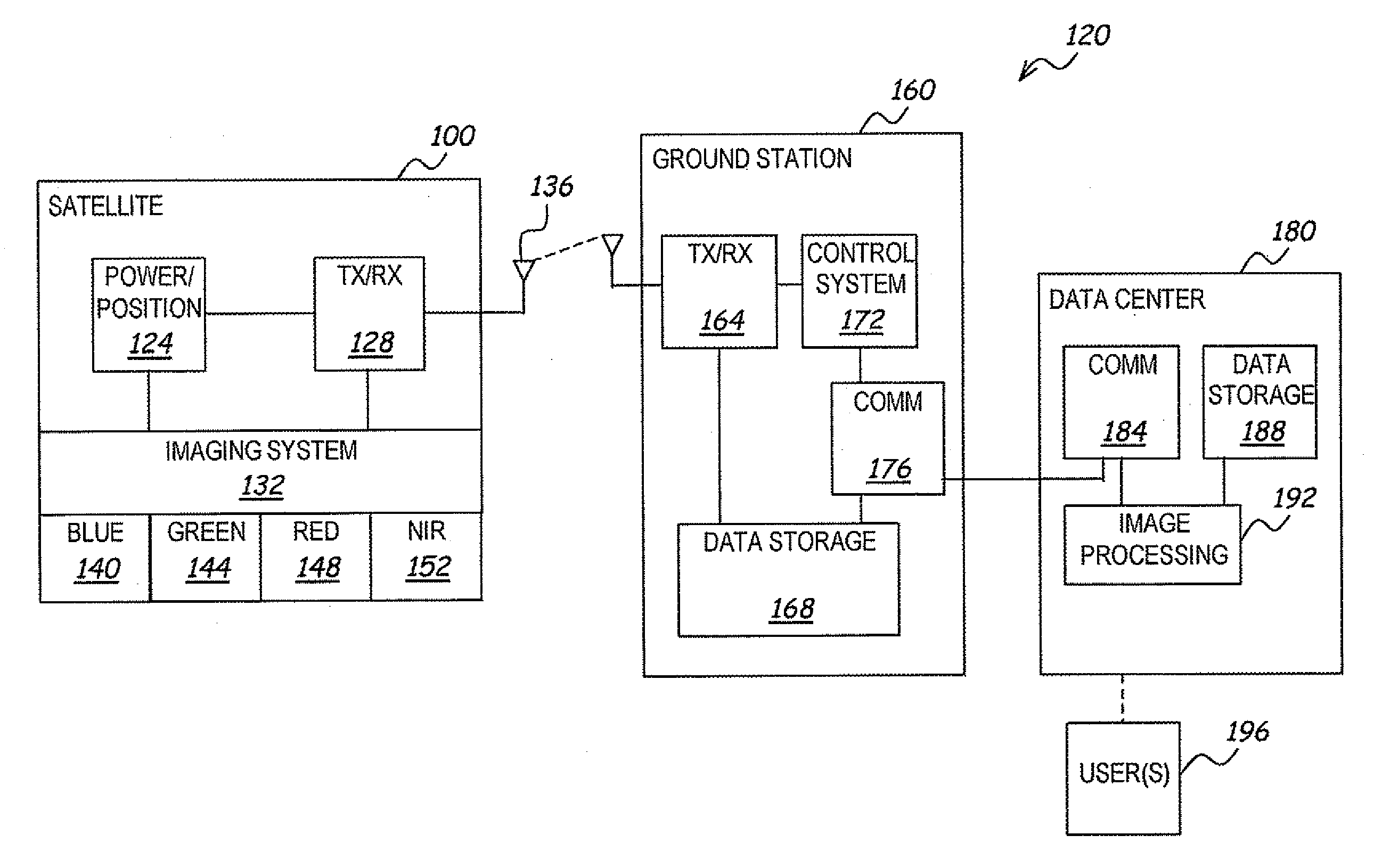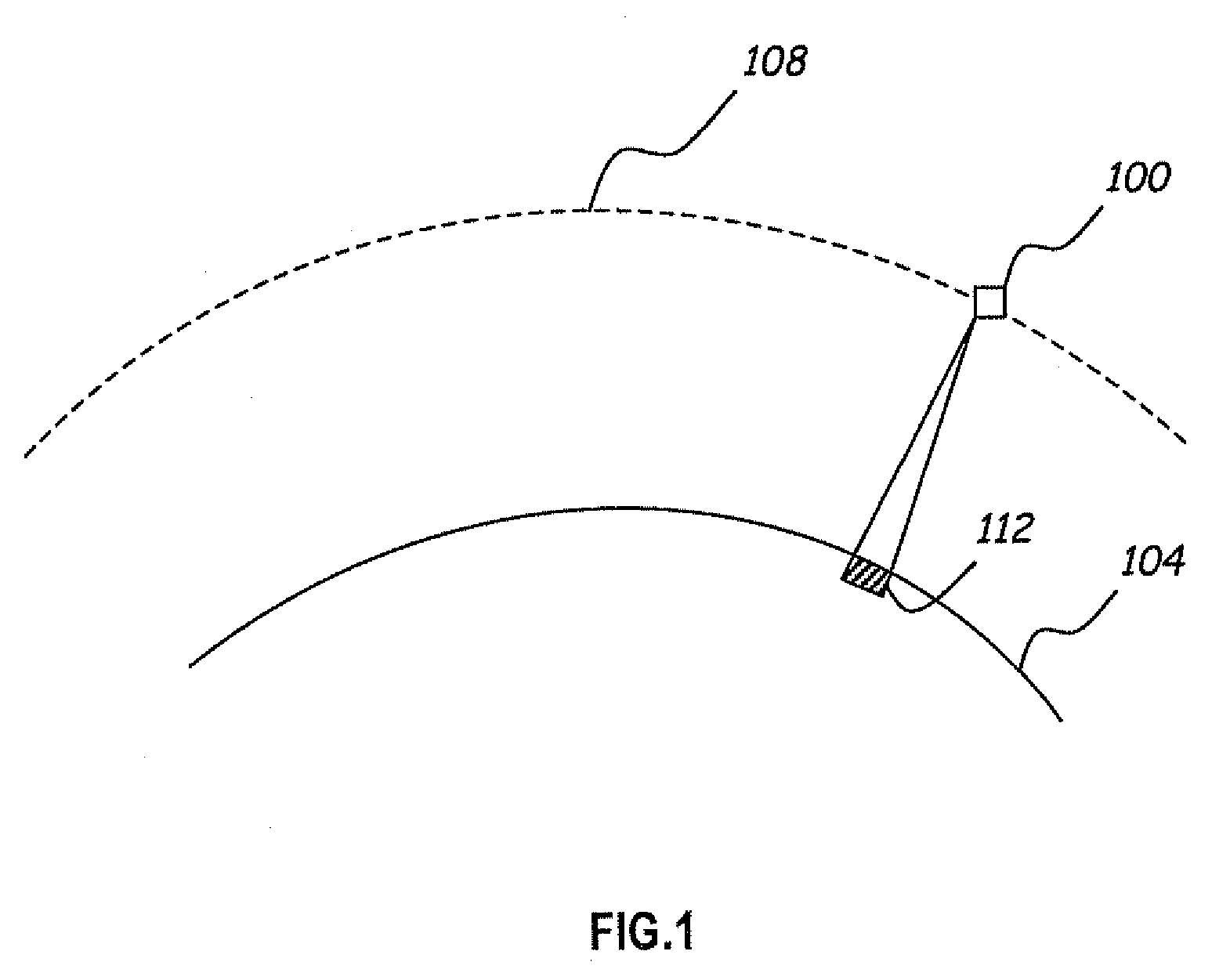Method and apparatus for enhancing a digital image
a digital image and enhancement technology, applied in image enhancement, television systems, instruments, etc., can solve the problems of difficult to decide what stretch to apply to a given image, the color content of the scene may be wrong, and the difficulty of enhancing the image, etc., to achieve cost-effective and profitable, easy visual interpretation, and enhanced digital image products.
- Summary
- Abstract
- Description
- Claims
- Application Information
AI Technical Summary
Benefits of technology
Problems solved by technology
Method used
Image
Examples
Embodiment Construction
[0023]The present invention provides a digital image that may be displayed with no further manipulation on the part of the customer or end user of the digital image. The present invention may also provide a set of quantitative surface-reflectance estimates that can be further processed by other automatic algorithms to yield specific kinds of information about the objects that have been imaged. When used to provide a digital image, a digital image collected at a satellite is spectral balanced and contrast stretched on a physical basis rather than a subjective one. A customer may use the image without additional tools, expertise, or time to perform complex digital image processing manipulations. In addition to serving the basic commercial customer, the present invention may be useful for the remote sensing expert to aid in their application. The present invention also provides an acceptable contrast stretch and spectral balance over a very wide variety of scene content. The algorithm ...
PUM
 Login to View More
Login to View More Abstract
Description
Claims
Application Information
 Login to View More
Login to View More - R&D
- Intellectual Property
- Life Sciences
- Materials
- Tech Scout
- Unparalleled Data Quality
- Higher Quality Content
- 60% Fewer Hallucinations
Browse by: Latest US Patents, China's latest patents, Technical Efficacy Thesaurus, Application Domain, Technology Topic, Popular Technical Reports.
© 2025 PatSnap. All rights reserved.Legal|Privacy policy|Modern Slavery Act Transparency Statement|Sitemap|About US| Contact US: help@patsnap.com



